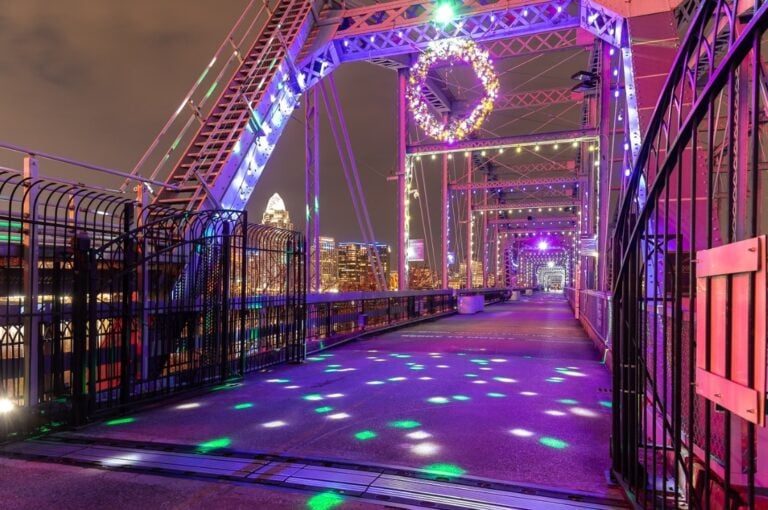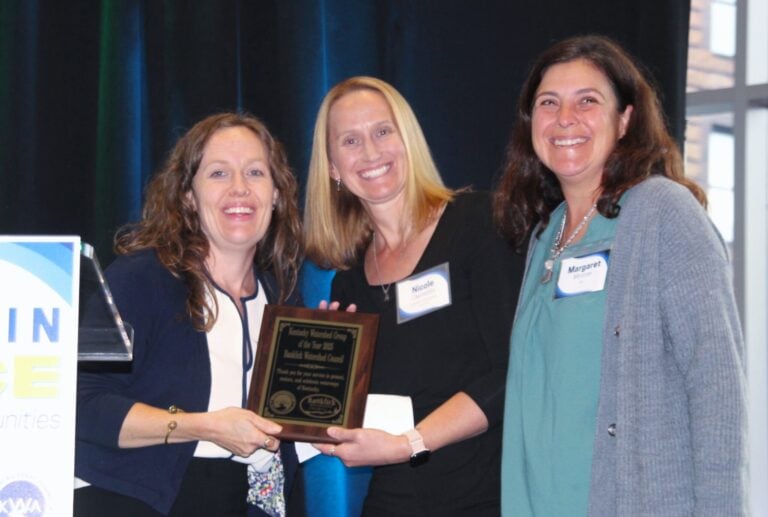
By Paul A. Tenkotte
Special to NKyTribune
“Back to School.” As a child growing up in the 1960s and as a teenager in the 1970s, those three little words spelled the end to a summer of carefree fun. I grew up in the days before video games. Although I embrace — and even celebrate —modern technology in all its forms, I can’t help but wonder if it has shortened all of our attention spans and dulled our imaginations.
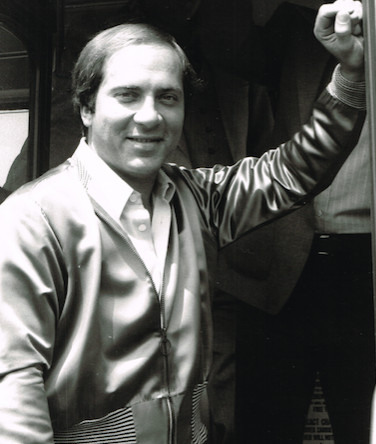
As a child, I had a vivid imagination. It was fueled by the simplest things. In rainy weather, I was addicted to my American Bricks®, which were miniature, realistic-looking, interlocking, red-plastic bricks. The sets came in large cans, and included white-plastic windows, lintels, doors, garage doors, and slate-blue cardboard roofs. The sky was the limit in terms of how many different buildings you could construct using your imagination.
American Bricks© were a perfect accompaniment to my little Matchbox® cars and trucks. So too was my Kenner Toys (headquartered in Cincinnati) Girder and Panel® set, which was a more realistic version of an erector set. It came complete with plastic girders and beams, curtain walls, an elevator, and a motor. You could make a 1960s International-style skyscraper, and even amusement park rides, like a Ferris wheel. My friends and I spent countless hours constructing buildings and playing with our Matchbox® cars and trucks.
When the weather was sunny, we loved playing baseball and riding our bikes. Cool-looking, bright-colored bicycles with banana seats were all the rage. All of my friends rode bicycles. We tied baseball cards to our spokes to make a neat motor sound, and we loved to make “wheelies.”
We roamed the neighborhood fairly freely and even received our parents’ permissions to venture further on occasion. Life was slower-paced then, and less crime-ridden. Folks looked out for other people’s children.
When we were worn out by these activities, we’d switch to playing with our Tonka® trucks. One year, my parents allowed me to dig up a part of our backyard for a little garden. I achieved very little success, though, so the next year I did not want to try the enterprise again. Instead, my parents let me and my friends use the plowed-up space to play with our Tonka® bulldozers, earth movers, and dump trunks. One neighborhood lady, though, was not pleased, and told my mother so in no uncertain terms. It didn’t meet her expectations for a suitable suburban backyard.
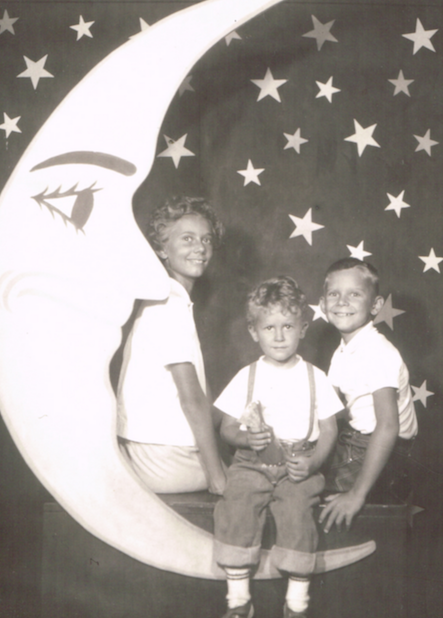
Sometimes, my friends and I would collect discarded, glass soda and beer bottles that littered the sides of the Dixie Highway. The 1960s were the heyday of littering. We would take the bottles to the Stop-n-Go® convenience store on Dixie Highway in Fort Wright to redeem them for coins. We would then spend the coins next door, playing the pinball machines at the Lookout Bowling Alley.
When dinnertime approached, you would hear mothers and fathers yelling at the top of their lungs. They’d call their children by name, telling them that supper was ready. In true Cincinnati/Northern Kentucky fashion, we called it “supper,” never dinner.
Summer was also time to enjoy Cincinnati Reds baseball. It was the era of the Big Red Machine of Johnny Bench, Dave Concepcíon, George Foster, César Gerónimo, Ken Griffey Sr., Joe Morgan, Tony Pérez, and, of course, Pete Rose. I always earned free tickets for getting Straight A’s in school, so my dad and I would go to the games. I can still smell the hot dogs and popcorn, and hear the vendors yelling in a sing-song voice “Cold beer here! Cold beer here!”
Each summer, my mother would ask me to put all of the pennies, nickels, dimes, and quarters from our family’s piggy bank into paper rolls. I was happy to do so, because I knew what was coming next. She would then take the rolled coins to Columbia Federal Savings and Loan in Covington to exchange for paper bills. It was enough to pay all expenses for mom, dad, my sister Peg, my brother Tom, and me to visit Coney Island in Cincinnati for an entire day.
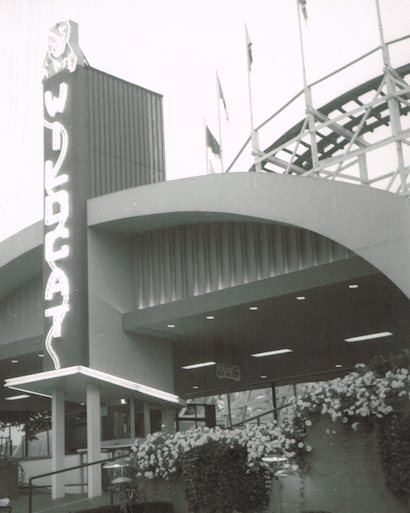
In the 1960s, Cincinnati’s Coney Island included amusements and rides of all sorts, from the Tumble Bug to the Ferris wheel to the Shooting Star roller coaster. We crossed the Suspension Bridge into Cincinnati, and then took Eastern Avenue and Kellogg Avenue to Coney Island. Dad parked the car, and then mom led the family to scope out an empty picnic table in a shaded grove of the park along the Ohio River. We claimed a picnic table by placing our giant red Coca-Cola® metal cooler on the tabletop. Mom packed cheese-and-tomato sandwiches that would withstand the heat, along with fruit, snacks, and soft drinks. Like us, many families left picnic baskets and coolers to claim tables, and returned later for lunch. There were no worries that anyone would steal your food or drinks.
Usually, we took 1-to-3 day vacations each summer to some place close, like Cumberland Falls State Park, General Butler State Park, Abraham Lincoln’s Birthplace, or Niagara Falls. Once, dad drove us to Daytona Beach, Florida for a longer vacation. We looked forward to family vacations. They were the only time, actually, that we ate at restaurants. In Daytona, I first tasted McDonald’s French fries. I still recall how thin and steaming hot they were, as our family walked along the boardwalk one evening, sharing a couple of orders between the five of us.
Summers now — and then — pass all too quickly. In Fall 1987, I began teaching history fulltime at Thomas More College, and then in 2009, at Northern Kentucky University. Now, I spend each summer researching and writing, although I occasionally peek at my now-collectible Matchbox® cars. Crosley Field and Riverfront Stadiums are now gone, giving way to Great American Ball Park. Kings Island is the major regional amusement park now, but old Coney Island has experienced a family-friendly renaissance. And for those places that have passed, they remain alive in our memories and in our history.
We want to learn more about the history of your business, church, school, or organization in our region (Cincinnati and Northern Kentucky). If you would like to share your rich history with others, please contact the editor of “Our Rich History,” Paul A. Tenkotte, at tenkottep@nku.edu. Paul A. Tenkotte is Professor of History and Director of the Center for Public History at NKU.














